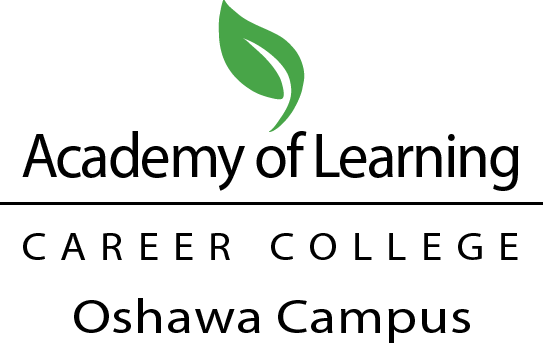
IT support and service desks require tools like any other company function. IT support tools can aid the help desk with a variety of duties such as remote connection management, incident logging, report creation, feedback management, and pretty much anything else you can think of.
It can be exceedingly frustrating to provide technical support to users with little IT expertise. Simply inquire with any service desk person. However, using the correct tools can significantly reduce the severity of IT headaches. However, most tools are designed for those who have a basic understanding of IT programming languages such as C++.
The following are some tools that can help IT teams solve problems:
- VIRTUALBOX
Virtual Box is a free virtual machine software that can be easily installed on any system. IT support can use the virtual box to simulate the OS and software running on the client’s computer. This can be used to isolate problems and find solutions without using the “broken” PC. Besides simulating the computer, it can also be used to run virtualized environments on a local machine or server.
- ULTIMATE BOOTCD
There have been several variations of the Ultimate BootCD, including FalconFour and Hiren’s BootCD. The Ultimate BootCD boots from a CD (or flash drive) and allows the IT personnel to gain access to the computer. It can repair disk drives and partitions, as well as recover deleted files. It can also run an anti-virus on the affected disk, without any fear of damaging the boot CD or flash drive. When it comes to recovering a hard disk, regardless of the operating system, the Ultimate BootCD can be used effectively as a frontline tool.
- GEDIT OR NOTEPAD++
Gedit is a text editor which can be used on Windows, Mac, and Linux machines. It has color context features depending on the type of file extension. Notepad++ is an extension of Windows Notepad that allows multiple file editing. A text editor is a small file which can be used to take down notes, copy and paste text, and other small code or data snippets.
- BUGZILLA
Any organization with an IT support team, especially if there is a programming and development team needs to have Bugzilla. This is a bug tracking and reporting software, which is easy to use and can be accessed across the entire network.
- OSTICKET
This is a trouble ticketing software which can be configured per department, topic basis, or any other filter. It can also be set up for overdue actions and calls. Among others, the customer portal allows tracking of the report calls.
- USERVOICE
This is great for customer feedback on existing software. It can be used to keep track of suggestions on improving the software. It sorts out the requests and filters these for look-alike requests.
- MICROSOFT RDCMAN
The Remote Desktop Connection Manager (RDCMan) allows the help desk to access multiple desktops at the same time. The connections can also be grouped for quick access.
- EVERNOTE OR MICROSOFT ONENOTE
Evernote and Microsoft OneNote are note-taking tools which are great for collaboration since information is instantly shared across multiple users.
- WIKI
Having an office or department wiki can help the IT group keep track of the documentation. This is very helpful in maintaining a thread for the calls.
- TERMINALS
This is an alternative to MS RDCMan that allows multiple remote connections. Besides RDC, it can also connect via VNC, SSH, Telnet, and Citrix.
IT support tools do not have to be expensive or too technical. It all depends on the level of sophistication and nature of the support call requirements. Most of the above tools are open-source or freely licensed software. They are available free for download.
AOLCC offers flexible, online Healthcare certificate and diploma programs that can be finished in only one year. If you subsequently decide to pursue a complete degree, it can also count toward a certificate and Diploma of Healthcare. Future savings on a degree might amount to an entire year!

